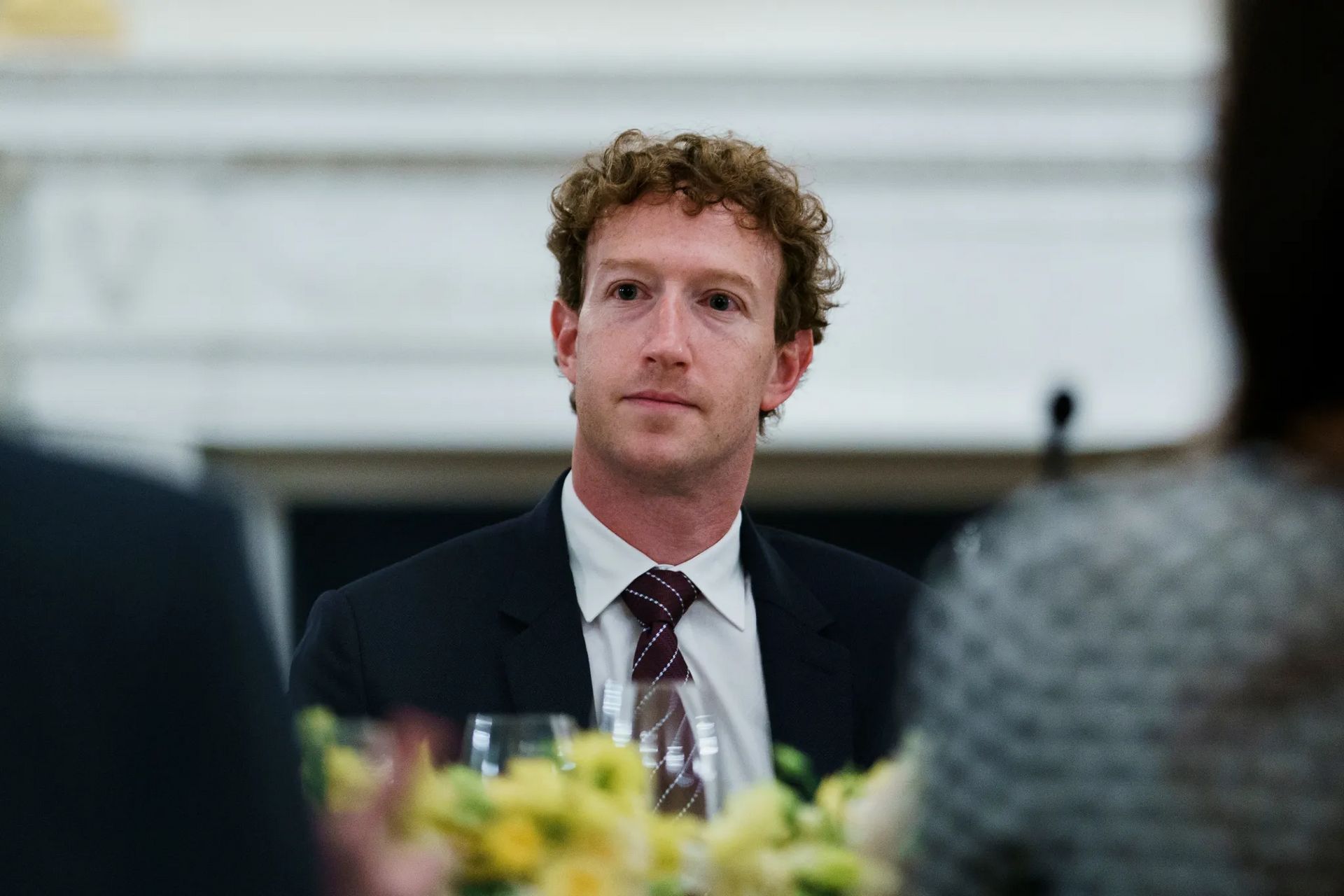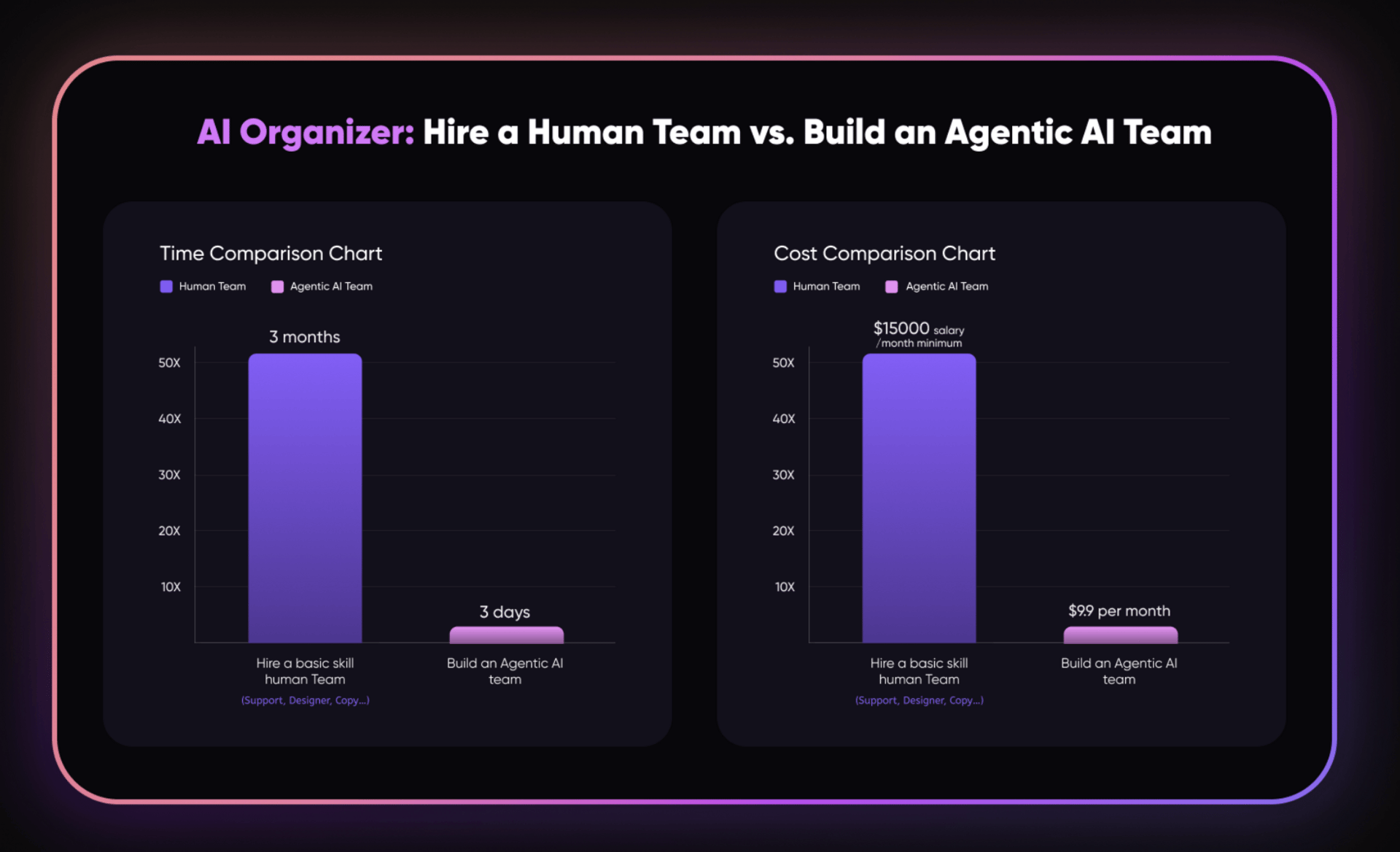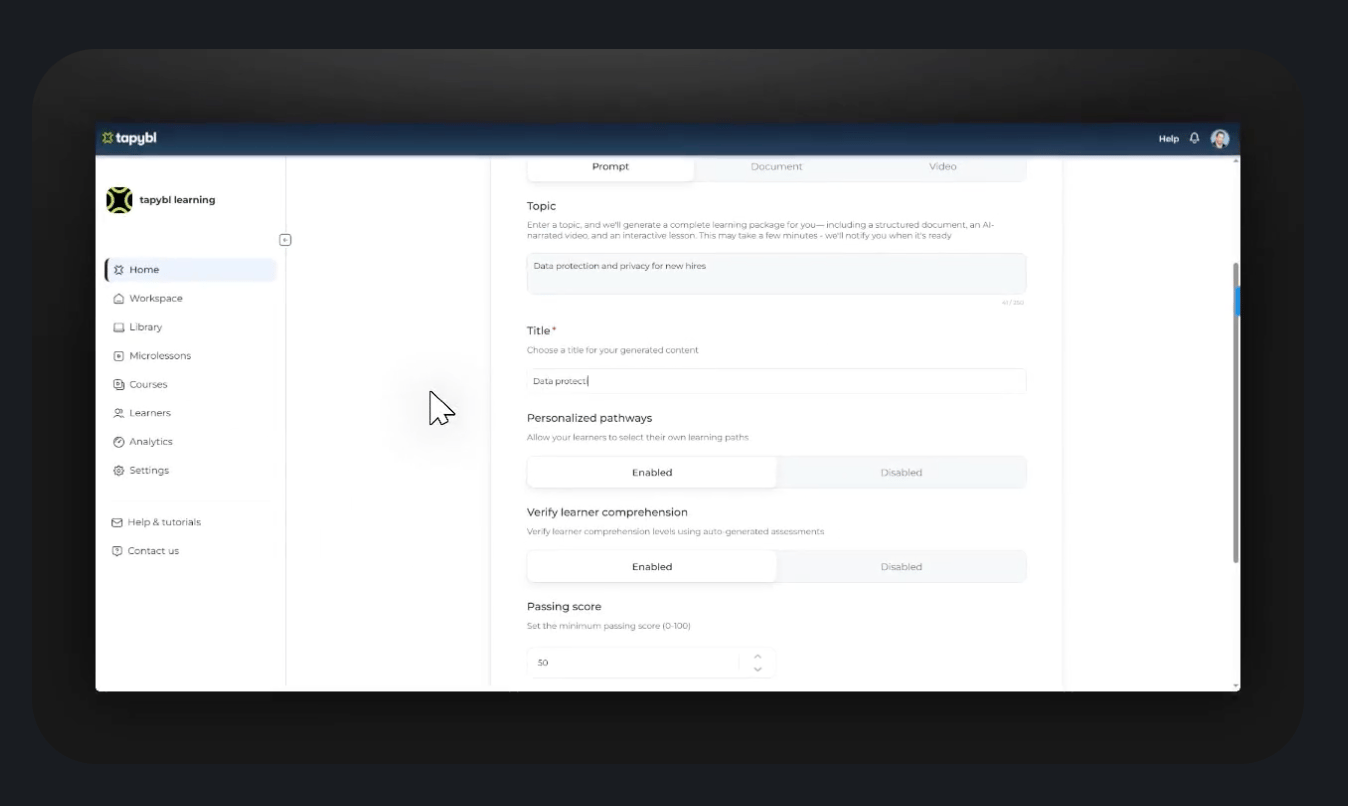- Future Tools
- Posts
- Meta opts you in
Meta opts you in
Plus: OpenAI makes memories

Welcome back! I said in a recent video that no one wants a social feed of AI-generated slop (cough cough, Meta Vibes). Turns out, if you allow people to create AI-generated slop of themselves and their friends…that changes things quite a bit. Sora is now the most popular app in Apple’s App Store.
P.S. Don’t forget—I’m giving away a brand new iPhone 17 Pro. How to enter: Follow me on IG (@mr.eflow) then fill out this giveaway form OR comment “iPhone“ on this post to get the form DM’d directly to you. All the details, including terms and conditions, are included in the giveaway form. ⏰ Deadline? October 11 at 12pm PT. Good luck!


Meta Will Target Ads From Your AI Chats

Image Credits: Will Oliver/EPA/Bloomberg/Getty Images
Meta will start using data from your interactions with Meta AI (and other Meta AI features) to refine ad targeting across Facebook and Instagram. Unless you’re in the EU, UK or South Korea, you can’t opt out.
How it might work: Ask Meta AI about hiking routes, and expect more trekking packs in your feed. Use Ray-Ban Meta glasses and voice/photo AI features, those signals can join your ad profile if you’re logged into the same account.
Monetization angle: AI has mostly shipped “free.” Feeding chat signals into the ad engine lets Meta turn engagement into revenue without charging users directly.
Big picture: This blurs private assistance and public advertising. It could make ads feel eerily relevant—and reignite debates about consent, sensitive topics, and how much our “personal AI” really stays personal.
Thinking Machines Launches Tinker for Fine-Tuning Frontier Models
Former OpenAI CTO Mira Murati has unveiled the first product from her new startup, Thinking Machines Lab: a tool called Tinker that lets developers customize powerful open-source models without needing to manage complex GPU clusters or training runs.
What it does: Tinker supports fine-tuning Meta’s Llama and Alibaba’s Qwen models. Developers can use supervised learning with labeled data, or reinforcement learning with feedback signals, to build specialized AI systems—then download and run them anywhere. Beta testers say the platform strikes the right balance between abstraction and control.
The team behind Tinker: Murati co-founded the company with a group of OpenAI veterans and raised $2B at a $12B valuation earlier this year. The startup plans to expand Tinker’s capabilities and continue publishing research to improve how big models are tuned, with the longer-term goal of opening frontier-level experimentation to a wider audience.
Why it matters: Fine-tuning has been limited to big labs and well-funded enterprises. By lowering the barrier, Tinker could democratize frontier AI development. “We’re making what is otherwise a frontier capability accessible to all, and that is completely game-changing,” Murati said.
OpenAI Lines Up Memory Muscle
OpenAI inked letters of intent with Samsung Electronics and SK Hynix to produce DRAM wafers and scale to up to 900K high-bandwidth memory (HBM) chips per month for Stargate, alongside exploring AI data centers in South Korea.
Who gets what:
Samsung & SK Hynix: Commit capacity, explore local data-center builds, and integrate OpenAI enterprise tools internally.
OpenAI: A steadier pipeline of scarce HBM—critical for training/inference throughput—and geographic diversification of supply.
Why it matters: GPUs get headlines, but memory bandwidth is the oxygen of modern AI. Locking HBM at scale acts as a defensive moat for OpenAI’s infrastructure roadmap and a pressure valve for global supply constraints fueling the AI race.



Build Your Own Virtual AI Team

Bika.ai
Bika.ai lets solopreneurs and small teams spin up specialized AI assistants, wire them to 6,000+ apps, and run ops from one messenger-style hub.
How you can use it:
Build workflow automations without complex code
Stand up a “content ops” agent to draft posts, schedule, and report performance
Route leads into a lightweight CRM and trigger follow-ups automatically
Orchestrate multi-step zaps across your stack (payments → emails → dashboards)
Pricing: paid & free

Turn PDFs Into Interactive Video Lessons

Tapbyl
Tapybl converts slide decks and documents into bite-sized, interactive video modules with auto-generated quizzes, branching, and gamified practice—perfect for turning that dusty handbook into engaging training.
How you can use it:
Upload a deck and auto-create a micro-course with checks for understanding
Personalize learning paths for teams and track completion analytics
Repurpose SOPs into role-specific onboarding videos in minutes
Pricing: paid


Jobs, announcements, and big ideas
Anthropic’s Claude is now powering enterprise AI applications at Novo Nordisk, Salesforce, Cox Automotive, and other major firms.
Peloton is updating its Bike, Tread, and Row machines with AI features, form-checking cameras, and rotating screens.
Amazon added an AI-powered feature to Kindle devices to enhance the e-reader experience.
Wikimedia has launched an AI-friendly database to make searching Wikidata easier for developers and users.
Sony is adding audio sharing to its flagship headphones through a new firmware update for Android devices.
A Yale study finds that, so far, AI has had no measurable impact on jobs.
Google has opened applications for a new $1M AI Film Award to support creators using AI in filmmaking.


What if your to-do list could do itself? That’s the promise of building AI agents in N8N.

One more thing that’s been on my mind: An “AI actor” named Tilly Norwood is sparking backlash across Hollywood. The creator insists it’s a work of art, but stars like Emily Blunt and Natasha Lyonne say Tilly is a soulless imitation trained on stolen performances. Drama…🍿
But this debate raises a serious question: When AI can mimic a career, where does that leave the people who built the industry in the first place? Hit reply and tell me what you think.
See you next week for more.
—Matt (FutureTools.io)
P.S. This newsletter is 100% written by a human. Okay, maybe 96%.